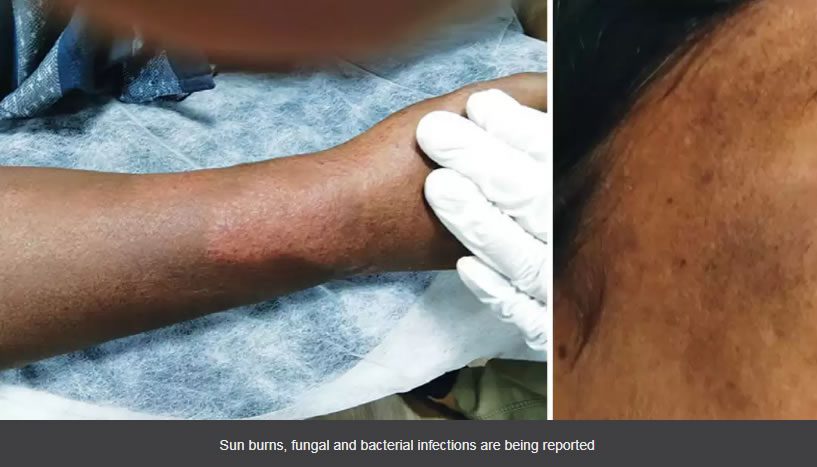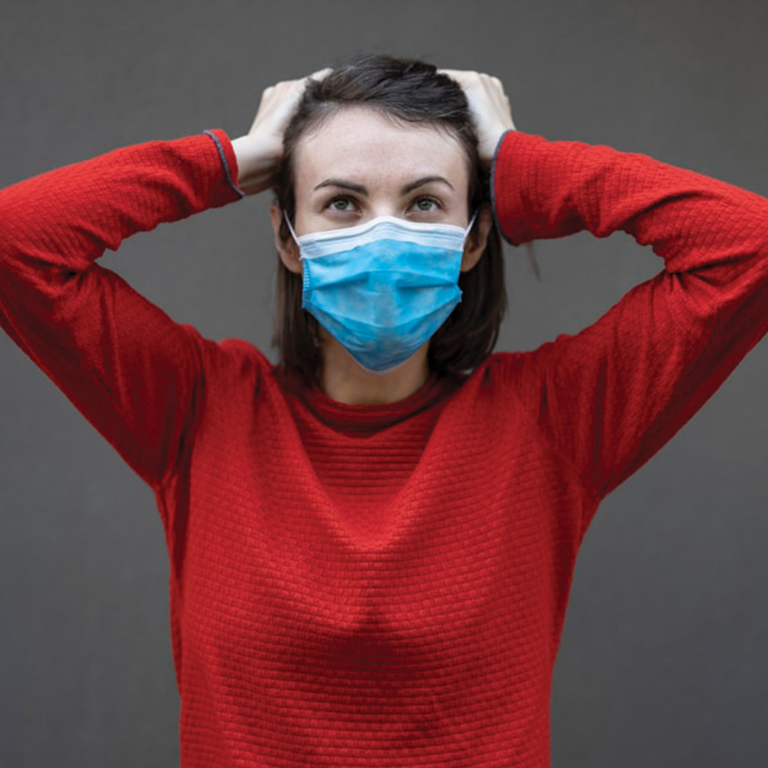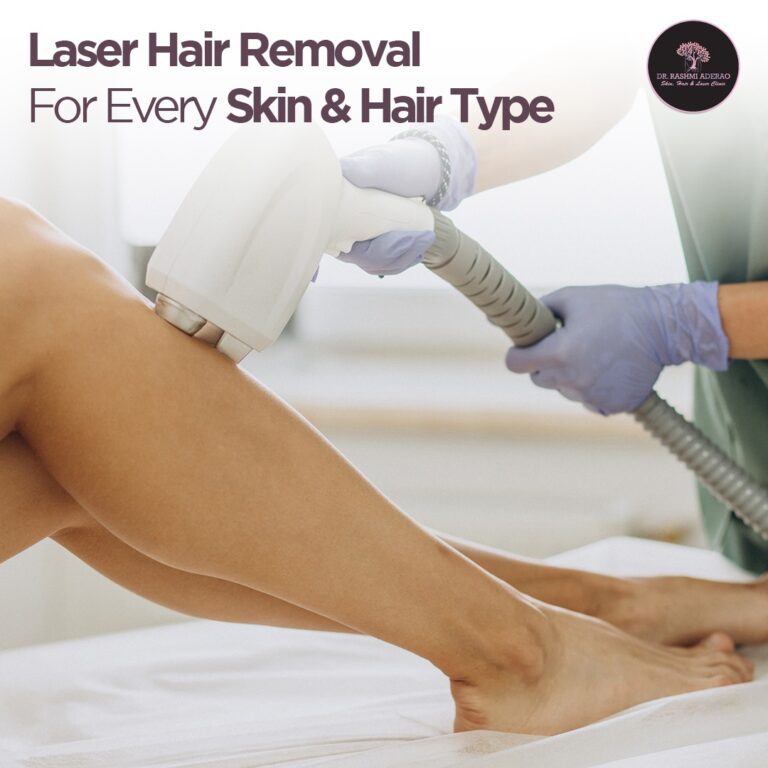Red spots, infections on the skin? It’s mercury rising.
We are in the midst of summer, which means an increase in skin diseases, mostly due to sweating and heat. Most patients seeking medical attention in the city have sunburns, fungal and bacterial infections, among others, say doctors.
Our dermatologist, Dr. Rashmi Aderao, answers your questions about red spots, infections on the skin. The Pune Mirror published her in The Pune Mirror news recently.

Infections on the skin
If you notice rashes on the skin with itchiness and pain. Scaly or rough skin, do not look for shortcuts by walking into a pharmacy and buying over the counter (OTC) medicines. These could be symptoms of serious infections that may need proper treatment under the supervision of dermatologists.
Summer’s here and so is the sharp increase in skin diseases. Mostly due to the heat and sweat. Around 40 per cent of patients visiting hospitals in the city are suffering from sun burns. Fungal and bacterial infections amongst others, said doctors.
Experts have warned that with the temperatures set to rise further in the coming days. Cases of fungal infections, sun burns, tinea, miliaria and pigmentation will start shooting up. Following good personal hygiene. Wearing loose cotton clothes and seeking prompt treatment are some of the best ways to tackle the situation.
Dr Rashmi Aderao, consultant dermatologist at Ruby Hall Clinic. Said there is an around 40 per cent rise in patients with skin ailments related to summer. Patients are seeking treatment for sun burns, prickly heat and tinea. Prickly heat is common amongst children as they play a lot and the skin rash is caused by sweat.
If people don’t change their clothes for a long time and let the sweat dry, it can lead to tinea. This can spread to family members if the same towel or bathroom is used. There is also a surge in cases of bacterial and fungal infections,” she said.
She has urged people to avoid using steroids and OTC medicines and ointments available for skin problems. “Patients should consult a dermatologist instead of self-medicating. The OTC ointments can cause resistance in the fungal infection, increasing the duration of the treatment and costs,” she said.
Dr Parag Kalyani, consultant dermatologist at S Neo Med, too said. “A large number of patients are suffering from fungal and bacterial infections such as tinea cruris, pityriasis versicolor. All of which are communicable diseases. It is a direct result of the increased summer heat and sweating. Fungal infections like ringworm, athlete’s foot, toenail fungus, yeast infections and rashes in the armpits and genital area can be a matter of concern,” he said.
Kalyani said dermatophyte infections, seen on fingers and toenails of patients, are also on the rise. These infections lead to excessive itching, redness and swelling in the affected areas. “People should only use creams or lotions suggested by a doctor while completing the course of treatment. People should maintain good personal hygiene and use antifungal soap and powder after consulting the doctor,” he said.
Dr Anil Gosavi, associate professor, dermatology department of B J Medical College and Sassoon General Hospitals, said there is a surge in the number of skin infections like burns, prickly heat, tinea and systemic lupus erythematosus (SLE).
“The cases of tinea, a fungal infection, have increased drastically with entire families coming to me for treatment. Earlier, it was limited to one or two patients. The cases of SLE, an autoimmune disease in which the immune system attacks its own tissues, are also on the rise.
People should be cautious as Lupus inflammation can affect joints, skin, brain, lungs, kidneys and blood vessels,” he added.







